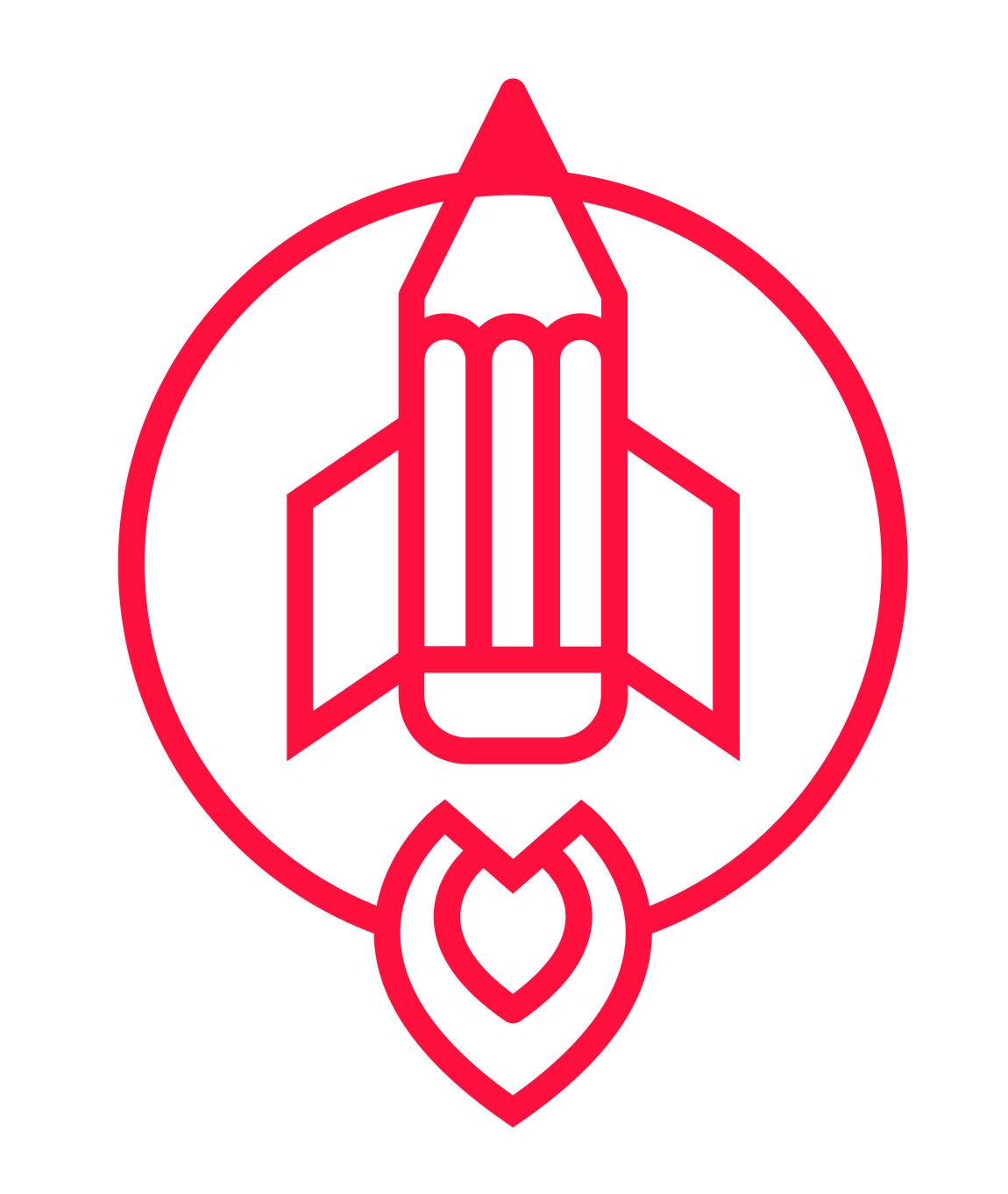Drawing Course Beginner to Advanced - 4 steps to your artistic ascent.
Drawing Course Beginner to Advanced - 4 steps to your artistic ascent.
When starting out learning to draw, it’s smart to know what it looks like to become advanced. It’s not unlike taking a helicopter ride to the peak of a mountain before deciding to scale it.
“You've got to be very careful if you don't know where you are going, because you might not get there.
You see, it’s best to figure out what types of style, technique, and finish appeal to you. In other words, to develop your taste.
That way you’re effectively beginning at the end. You’re training your brain to know what’s appealing to you as you become more intermediate, and finally advance.
This is a much faster way of tackling your artistic ascent than simply working fundamentals and hoping for the best. That way will largely dictate your growth based on the types of courses you take,studies you do, and the more vague notion of taste that you’ve developed.
It’s not “wrong” — but it may not be the path for you.
Another problem with that approach is that you may end up doing a lot of drawing exercises and approaches that you don’t enjoy without much reward.
If we’re going to do things we’re not truly enjoying (like a professional often has to do) then it’s best to know what it is you’re doing them for with greater clarity. With a strong enough “why” the burden will become easier to bare.
So before we proceed to talk about finding a drawing course that will take you from beginner to advanced, let’s figure out how to determine what “advanced” looks like to you.
Advancing your artistic tastes
When it comes to moving toward a goal, there is no substitute for clarity. It’s time to ask yourself some key questions to wipe the fog from your mental glasses.
Write down your top 10 artists. All genres, styles, and time periods.
For simplicity, distill it down to the top 3-5 favorites. (Optional)
Write a list of attributes you find appealing in the work - include at least 10-20 attributes.
Once you’ve done this, you should end up with a list that looks like this:
10 favorite artists (in no particular order)
Jaime Jones
James Jean
John Singer Sargent
Craig Mullins
Tobias Kwan
Iian McCaig
Kim Jung Gi
Wesley Burt
Peter Mohrbacher
Katsura Terada
Distilled down to the top 3-5:
Jaime Jones
James Jean
Peter Mohrbacher
Tobias Kwan
Kim Jung Gi
10-20 attributes from the top 3-5:
Incredible anatomy
Strong Rendering Ability
Surrealist complexity
Light and Color nuance
Brushwork economy
Detailed and riveting scenes
Hyper clean and polished
Loose but accurate
Courageous Compositions
Powerful themes
Market appeal
Wide variety of subjects
Mostly organic work as opposed to hard surface
Emotional
Chaotic
Tense
eye-opening
Serene
Great contrast of value and subjects
Attentive line work
In the case of your final list, don’t worry too much about contradictory attributes, as those can be cherry-picked per piece and practice.
Designing your learning path from beginner to advanced
Now that you’ve taken the time to develop your taste based on artists you consider to have mastery, it’s time to reverse-engineer the result, turning it into the process.
Remember, the process is the goal.
Don’t let your list of greats beat you down, but rather inspire you. You won’t end up their junior by copying them, we’re going to be doing master studies in a mixed-modality so as to fuse the various attributes.
We’re not keen on stealing styles or anything of the sort— in fact, the reason why we wrote down attributes after artists was to help abstract things to a degree wherein they can be more uniquely applicable to you.
Let’s take a look at how to work through a drawing course based on these attributes:
Find a drawing course that covers the fundamentals of line, value, shapes, perspective, composition, shading/mark-making, and learning how to see.
Delve into finishing illustrations or longer pieces using them. This is the intermediate step. Aim for 6-12 pieces.
Refine your techniques and fundamentals based on the outcomes of your finished works. Always ask yourself if you’re working those attributes in using the fundamentals successfully.
Take more intermediate and advanced level courses to help you deepen your fundamentals and the resonance of those attributes.
Repeating steps 2-4 as many times as necessary In order to advance to your ideal, which will truly be ever-evolving.
Conclusion and Course recommendations:
Since you’re keen on becoming advanced, all of this has been geared to help you get there. You take the greatest art that you know of, break it down, and start working on each piece separately through it.
If you’re a beginner:
If you’re intermediate:
Each learning journey is different. One thing is for certain, that the fundamentals must be learned in order to ascend in technical ability, and that you’ve still got to find ways to stretch your creative side as well. All technique is an imbalanced approach, so be sure to work with prompts and ideas that excite and delight your muse.
That said, I appreciate your determination, and wish you the best as you ascend in artistic caliber.
Happy Drawing.


